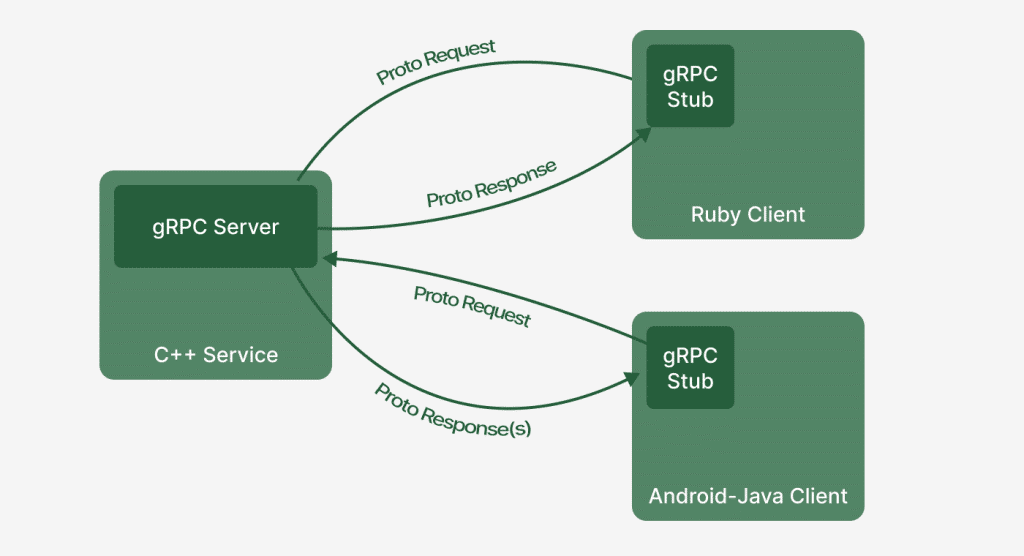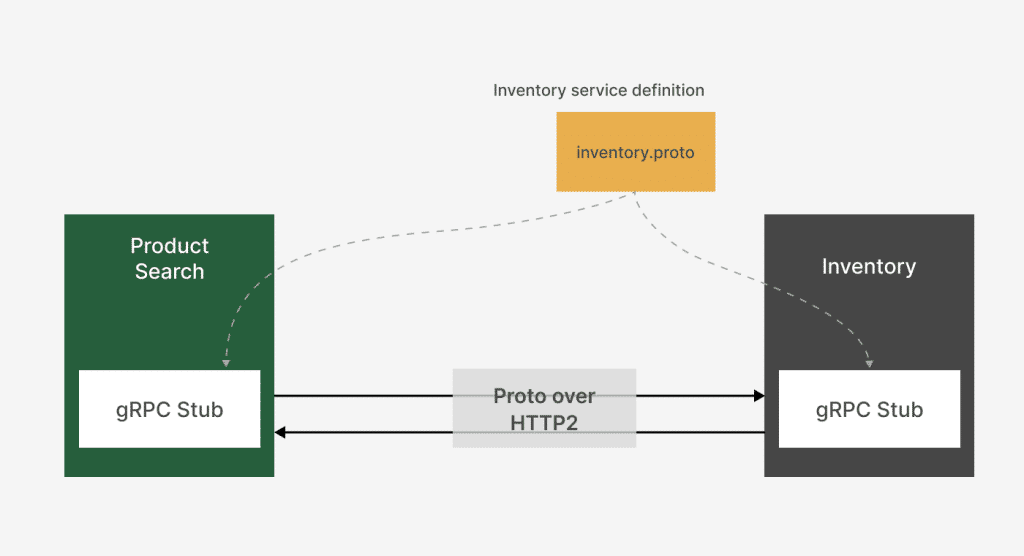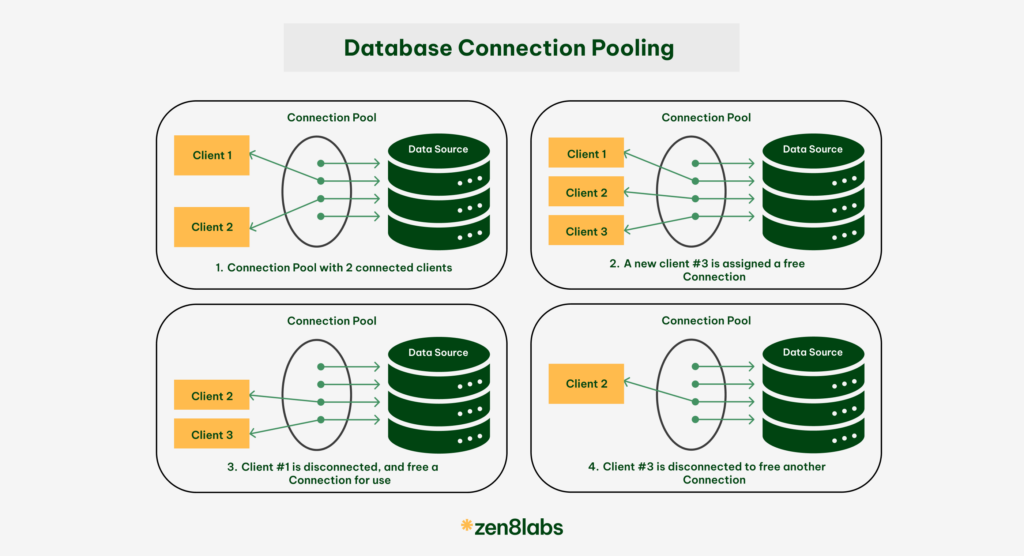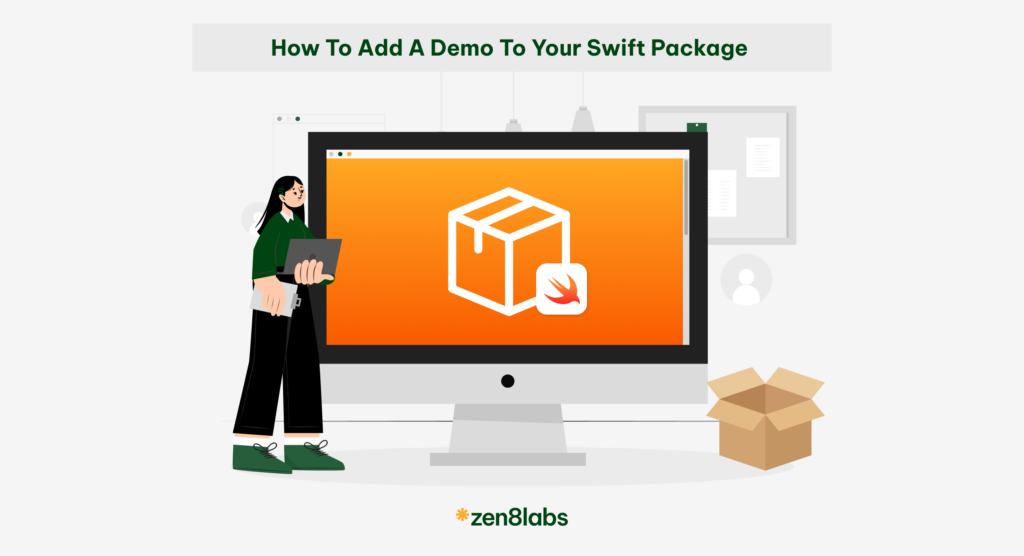
Communication between different software systems and services is essential in today’s digital world. Developers constantly seek efficient and reliable ways to make these connections, and one technology that has gained significant traction in recent years is gRPC. In this article, we will explore what gRPC is, how it works, and why it has become a popular choice for building modern applications.
What is gRPC?
gRPC, pronounced “gee-are-pee-see” or simply “grpc,” stands for “Google Remote Procedure Call.” It is an open-source remote procedure call (RPC) framework that was developed by Google. gRPC enables efficient communication between distributed systems, making it a valuable tool for building microservices, client-server applications, and other distributed software.
At its core, gRPC allows applications to call functions or procedures in other applications on remote servers as if they were local, simplifying the process of building distributed systems. It is designed to be language-agnostic, which means you can use it with a variety of programming languages.
How Does gRPC Work?

gRPC uses HTTP/2 as its transport protocol, which brings several advantages over traditional HTTP/1.1, such as multiplexing, header compression, and bi-directional streaming. This makes gRPC highly efficient in terms of both speed and bandwidth usage.
One of the key features of gRPC is its use of Protocol Buffers (Protobuf) as the interface definition language (IDL). Protobuf is a language-neutral, platform-neutral, and extensible mechanism for serializing structured data. With Protobuf, you define the structure of your data in a .proto file, and gRPC generates code in various programming languages to facilitate communication between the client and server.
gRPC supports four types of RPCs (Remote Procedure Calls):
- Unary RPC: The client sends a single request and receives a single response from the server.
- Server streaming RPC: The client sends a request and receives a stream of responses from the server.
- Client streaming RPC: The client sends a stream of requests to the server and receives a single response.
- Bidirectional streaming RPC: Both the client and server send a stream of data to each other in a full-duplex manner.
This flexibility in RPC types allows developers to choose the most appropriate communication pattern for their use cases.
Why Choose gRPC?
There are several reasons why developers are increasingly adopting gRPC:
- Efficiency: The use of HTTP/2 and Protobuf results in efficient, high-performance communication between services.
- Language Agnostic: gRPC supports multiple programming languages, making it easier to integrate different parts of your application stack.
- Streaming: gRPC’s support for streaming enables real-time communication, making it ideal for applications requiring continuous data updates.
- IDL-First Approach: The use of Protobuf and a clearly defined API contract promotes strong typing and helps prevent integration issues.
- Bi-directional Communication: Bidirectional streaming allows for interactive and responsive applications.
Some notes in gRPC
gRPC should be used for backend-to-backend communication. The CPU no longer has to bear the overhead of encoding/decoding each end. However, the characteristics of each end need to import the same file model (gene from the protobuf file). If updated, it must be fully updated. This unintentionally creates dependency for the users, many of you may not like this.
gRPC is often connected into a service mesh (or sidecar in Microservices), so it can handle the HTTP/2 connection and monitor it better.
gRPC supports two-way streaming, so it is very popular with streaming system and event sourcing fans. For example, gRPC is used in: vitess, neo4j for the above reason.
If gRPC is used for frontend-backend, it is very considerate. The fully connected state creates many difficulties in load scaling, or you may get blocked head of line (HOL).
gRPC still has Google’s main gRPC Gateway library. That means you can still run 1 http/1 port for REST and 1 http/2 port for gRPC at the same time. So, it’s not that there’s no way to return to familiar REST, but of course going through a service proxy is more cumbersome.
Conclusion
gRPC has become a powerful tool for building modern, efficient, and scalable distributed systems. Its use of HTTP/2 and Protocol Buffers, along with support for multiple programming languages and various RPC types, make it a versatile choice for a wide range of applications. As the software development landscape continues to evolve, gRPC is likely to remain a critical component for building fast and reliable microservices and client-server architectures.
Looking for more insights into software development? We’ve got you covered!
Dat Do, Software Engineer Intern





